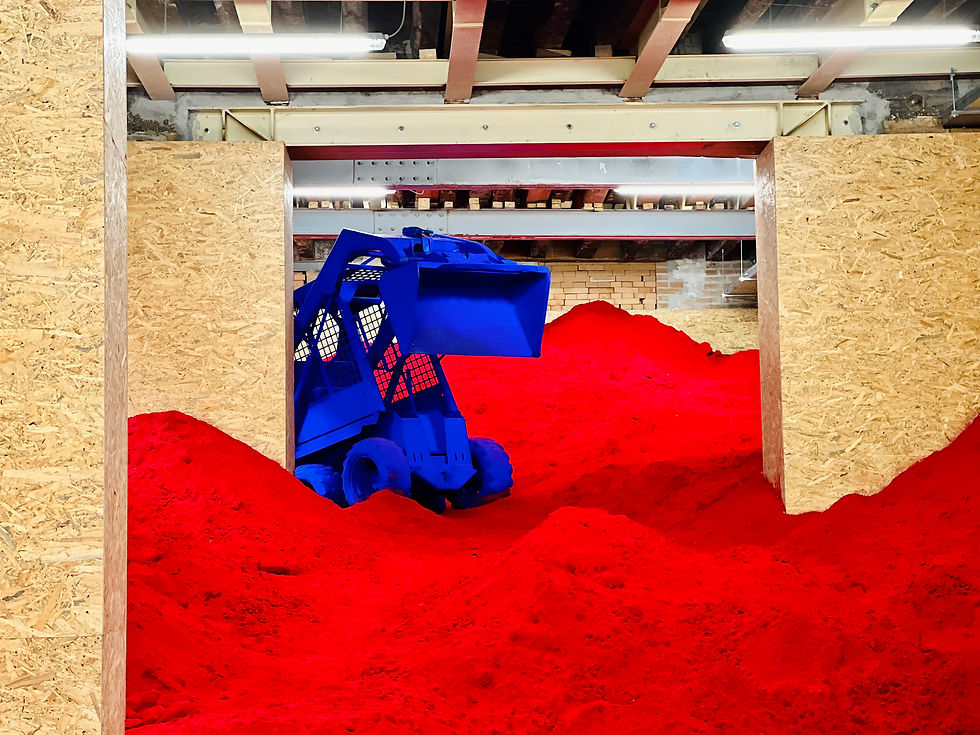Peggy in Venice
- Eva Gorobets

- Oct 3, 2022
- 2 min read
Updated: Aug 5
You can find yourself at the Peggy Guggenheim Museum in Venice for two reasons: you have either read a book or are obsessed with art. I understand you in both cases. My story began with a passion for modern art, then I read this autobiography, and then I went to Venice to see the collection.

Which of us - in some other life - would not like to be like Peggy Guggenheim? The main patroness of 20th-century art, a friend of Marcel Duchamp, Jackson Pollock and James Joyce, a lover of the brilliant playwright Samuel Beckett, a passionate collector, and a favourite of secular society. "Junior Guggenheim," one of the most famous gallery owners and collectors of the last century, knew how to live - and this is perhaps her leading talent. That's why reading her memoirs is not only terribly fascinating but even a little enviable, frankly speaking. They have so much love for life, parties, luxury, travel and spicy details from the life of geniuses - Peggy was friends with some of them and spent nights in bed with others - that any of us would feel like an ascetic living his boring, correct life.
Collected the best art collection of the first half of the last century, which included works by Pablo Picasso, Jackson Pollock, Constantine Brancusi, Joan Miro, Alexander Kolder, Willem de Cooning, Marc Rothko, Alberto Giacometti and Marcel Duchamp.

In 1938, she opened her first contemporary art gallery in London, and later the cult Art Gallery of this century in New York. After a short marriage to her third husband, artist Max Ernst, Guggenheim returned to Europe, settling in Venice, where she lived for the rest of her life, opening one of the most visited museums of modern art in Italy.
As I made my way through the opulent halls of the Peggy Guggenheim Collection in Venice, I found myself surrounded by a truly staggering collection of modern art. From the Surrealism of Dali to the Abstract Expressionism of Pollock, every room was a testament to the incredible range of Guggenheim's artistic tastes.
Of course, being the aristocratic type that I am, I couldn't help but be drawn to the room dedicated to Jackson Pollock. His iconic drip paintings were positively mesmerizing, and I couldn't help but imagine how they would look hanging in my own palatial estate.
And speaking of palatial estates, the museum itself was a marvel to behold. Housed in Guggenheim's former home on the Grand Canal, every inch of the building was designed to inspire awe and wonder. From the sweeping staircase to the meticulously-manicured gardens outside, it was clear that no expense had been spared in creating this masterpiece of art and architecture.
As I bid farewell to the museum and made my way back out into the streets of Venice, I couldn't help but feel a sense of gratitude to Peggy Guggenheim for her incredible contributions to the world of modern art. Without her tireless dedication and passion for collecting, many of these works might never have been brought together in one place for the world to enjoy. It was truly an honour to have been able to experience her legacy firsthand.



































Comments